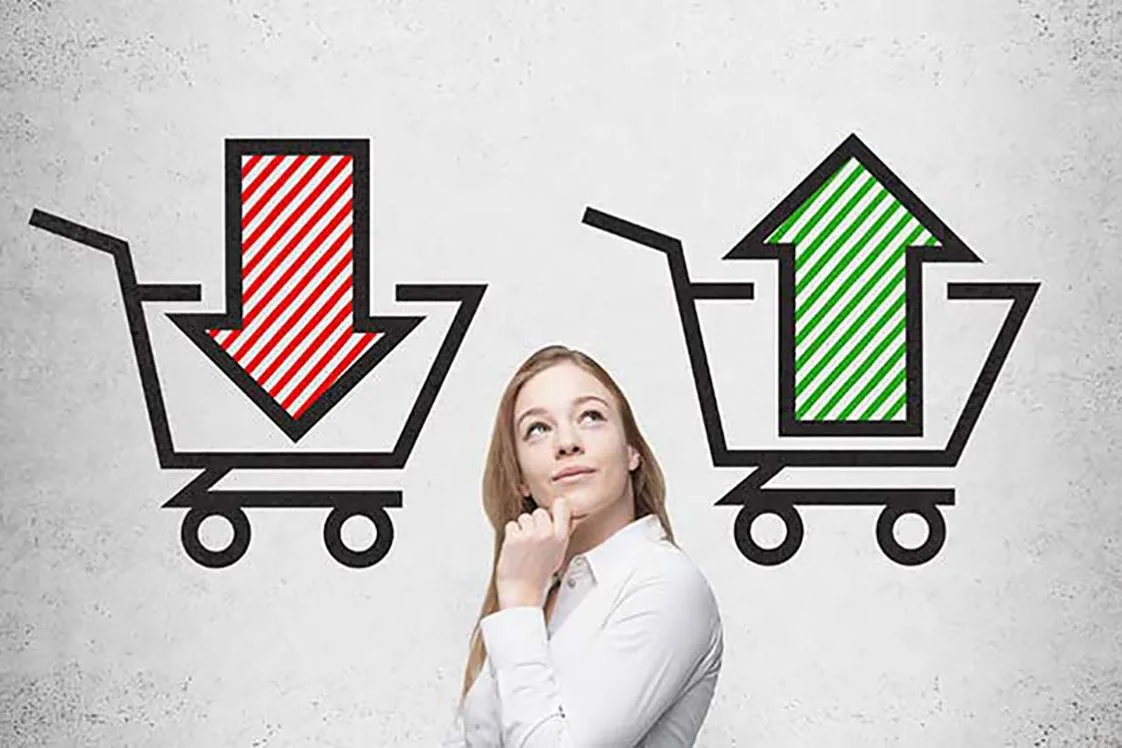Post Pandemic Consumer Behaviors Here to Stay and Those on the Way Out

Faced with lockdowns and economic hardship, consumers embraced many new shopping habits in 2020 – including curbside pickup, QR codes, touchless pay, and purchase installment plans..
But now that we’re headed back toward normalcy, retailers and eCommerce businesses need to figure out which trends actually have staying power.
We took a look at three consumer behavior trends to see which are likely to stick around in the coming months and years.
Customers Met Retailers at the Curb & Counter
Rather than risking Covid-19 infections, retailers chose to offer BOPIS and curbside pickup options in 2020. And people fell in love with the concept almost immediately. In fact, customer adoption was so quick that, in April 2020 alone, BOPIS experienced a 208% spike.¹
It’s no surprise why, though. Besides being the safer option, as it minimizes contact with other customers and frontline employees, these pickup options are also extremely convenient.
Parents balancing work and school-at-home can take a few minutes to drop by a store, instead of carving out time for an hour-long shopping trip. Professionals with a heavy workload can schedule a pickup time that fits nicely into their workday. And anyone can shop from anywhere, at any time of the day or night.
Will it stick around?
While click-and-collect isn’t currently seeing the same level of growth in 2021 that it experienced in 2020, adoption rates are still climbing. In fact, Insider Intelligence estimates that by the end of 2021, curbside pickup will have grown another 9.9%.²
That isn’t to say customers won’t return to physical stores to shop in person. Many will. But for those that choose to do so, the draw won’t be convenience. It will be experience. As a result, retailers and eCommerce businesses that want to attract both convenience-centric and experience-oriented customers will need to optimize their curbside pickup service for maximum efficiency and create an enjoyable shopping experience from entry to exit.
Buy Now, Pay Later
Under the strain of lockdowns and business closures, nearly 100,000 small businesses went under³ and 114 million people were laid off.⁴ As a result, consumers were forced to make tough financial decisions.
One way businesses sought to ease the burden was by offering a “buy now, pay later” program that allowed customers to make installment payments on big-ticket items over a period of time, rather than paying one lump sum. This was wildly popular.
Will it last?
While the economy is recovering and people are slowly returning to work, the popularity of “buy now pay later” isn’t declining at all. In fact, it saw a 215% increase in January and February alone.⁵ And in the last year, adoption and use have increased by almost 50%.⁶
Given that economic uncertainty will continue for many in the months and years to come, the allure of an easy financing option will likely win over customers for the foreseeable future. And for those in lower-income situations, “buy now pay later” will also make expensive non-essentials more accessible than ever before.
QR Codes for Everything
To avoid the spread of germs, restaurants and all sorts of retailers adopted QR code technology as an easy way to create a “touchless” environment. Customers could interact with menus from their phones, download coupons, and view more product information (among others) by simply scanning a QR code.⁷ In some cases, they could even scan receipts and pay directly from their device.
As a result, in September 2020, nearly 32% of polled customers had used QR codes⁸ in the last week.
Will this stick around as we exit the pandemic?
In all likelihood yes. At least for now. Besides being incredibly convenient and safe to use, QR code technology is now more accessible than ever. In fact, many of the latest phone cameras come with QR technology built-in.
And given the fact that QR code interactions have grown by over 94%⁹ in the last three years, we’re well on our way to lasting adoption. But regardless of whether QR codes stick around or not, we can expect some form of touchless technology to become a lasting part of our business experiences.
The pandemic accelerated the adoption of many of the current trends in consumer behavior. Luckily, many of the most popular ones – like QR codes, click-and-collect, and payment installments – are well-positioned to last. The trick now is to make sure our services and offerings are optimized to customers’ expectations.
Sources:
¹ “April Digital Economy Index: How COVID-19 Continues to Shift E-Commerce Trends,” Adobe, May 2020
² “Click-and-Collect 2021: Buy Online, Pick-up In Store (BOPIS) Industry Trends,” Insider Intelligence, May 2021
³ “Nearly 100,000 establishments that temporarily shut down due to the pandemic are now out of business,” Fortune, September 2020
⁴ “COVID-19 has caused a huge amount of lost working hours,” World Economic Forum, February 2021
⁵ “Adobe Digital Economy Index: COVID-19 Report,” Adobe, March 2021
⁶ “Study: Buy Now, Pay Later Services Continue Explosive Growth,” The Ascent, March 2021
⁷ ”How to use QR codes effectively in 2021,” Sprout Social, May 2021
⁸ “Most recent QR code scan according to U.S. and UK consumers 2020,” Statista Research Department, February 2021
⁹ “The State of QR in 2021,” Blue Bite, June 2021
